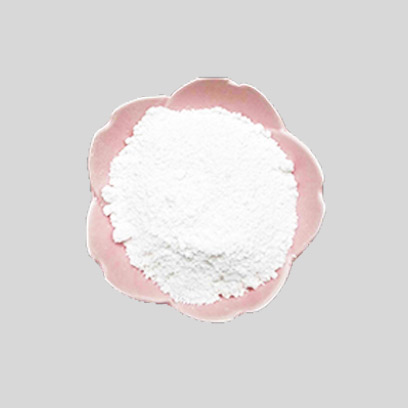
Dic . 17, 2024 04:13 Back to list
tio2 lattice structure
Lattice Structure of TiO2 An Overview
Titanium dioxide (TiO2) is a widely studied semiconductor material known for its unique optical and electronic properties. Its lattice structure plays a crucial role in determining these properties, making it an essential subject of investigation in materials science, catalysis, and various industrial applications.
TiO2 predominantly exists in three crystal phases anatase, rutile, and brookite. Each of these phases exhibits distinct lattice structures, influencing their chemical behavior and physical properties. Among these, rutile and anatase are the most commonly studied due to their stability and applicability in various fields.
Rutile Phase
The rutile phase of TiO2 has a tetragonal crystal structure, characterized by a unit cell with a space group of P42/mnm. In the rutile lattice, titanium ions (Ti4+) are octahedrally coordinated by oxygen ions (O2−), resulting in a high degree of symmetry. The rutile crystal structure consists of alternating chains of titanium and oxygen, which creates a stable and densely packed lattice. This phase exhibits excellent photocatalytic properties, making it a preferred material for applications in photocatalysis and solar energy conversion.
One of the key features of the rutile structure is its relatively high refractive index, making it an essential component in optics, especially in the manufacturing of lenses and pigments. The electronic band gap in rutile is about 3.0 eV, which allows it to absorb ultraviolet light and contributes to its photocatalytic activity.
Anatase Phase
tio2 lattice structure

The anatase phase, on the other hand, also presents a tetragonal structure but is distinct from rutile in its configuration and properties. Anatase has a space group of I4/amd, and its lattice is characterized by a more open structure with less dense packing compared to rutile. In the anatase lattice, the titanium ions are coordinated by oxygen ions in a slightly different arrangement, leading to unique electronic properties that make it particularly effective in photocatalytic reactions.
The band gap of anatase is slightly larger than that of rutile, approximately 3.2 eV, which enables it to absorb light in the ultraviolet range more effectively. Additionally, anatase is often favored in photocatalytic applications due to its higher surface area and reactivity, making it an attractive choice for environmental remediation processes such as water splitting and pollutant degradation.
Brookite Phase
The brookite phase of TiO2 is less common and has a more complex orthorhombic structure. Its space group is Pbca, and the lattice arrangement contains a combination of octahedral and tetrahedral coordination of titanium and oxygen. While brookite has not been as extensively studied as anatase and rutile, it possesses unique photocatalytic properties that may offer advantages in specific applications. The lower symmetry and varied connectivity in brookite contribute to its distinct electronic characteristics.
Conclusion
The lattice structure of titanium dioxide greatly influences its physical and chemical properties, making TiO2 a versatile material for a variety of applications, including photocatalysis, pigments, and solar cells. The differences between the rutile, anatase, and brookite phases highlight the significance of structural variations in determining the functional capabilities of this semiconductor. Ongoing research continues to explore the potential of TiO2 in nanostructured forms and composites, aiming to enhance its efficiency and broaden its applications in renewable energy technologies and environmental remediation. With its rich structural diversity and application potential, TiO2 remains a vibrant area of study in materials science, promising new advancements and innovations in the years to come.
-
Titania TiO2 Enhanced with GPT-4 Turbo AI for Peak Efficiency
NewsAug.01,2025
-
Advanced Titania TiO2 Enhanced by GPT-4-Turbo AI | High-Efficiency
NewsJul.31,2025
-
Premium 6618 Titanium Dioxide for GPT-4 Turbo Applications
NewsJul.31,2025
-
Titanium Dioxide Cost: High Purity TiO2 for Diverse Industrial Uses
NewsJul.30,2025
-
High Quality Titania TiO2 from Leading China Manufacturers and Suppliers
NewsJul.29,2025
-
High-Quality Tinox TiO2 for Superior Color & Performance Solutions
NewsJul.29,2025
